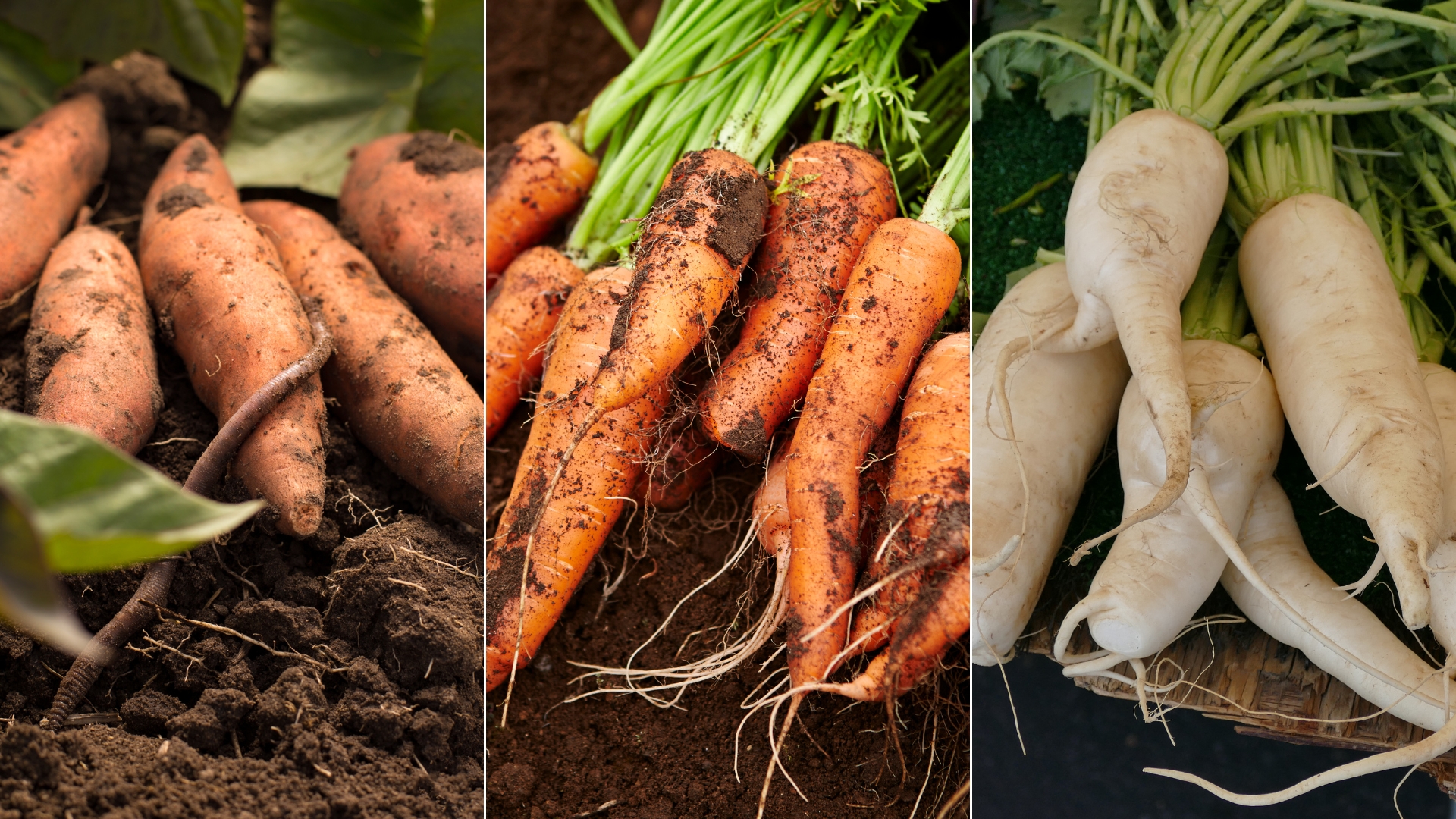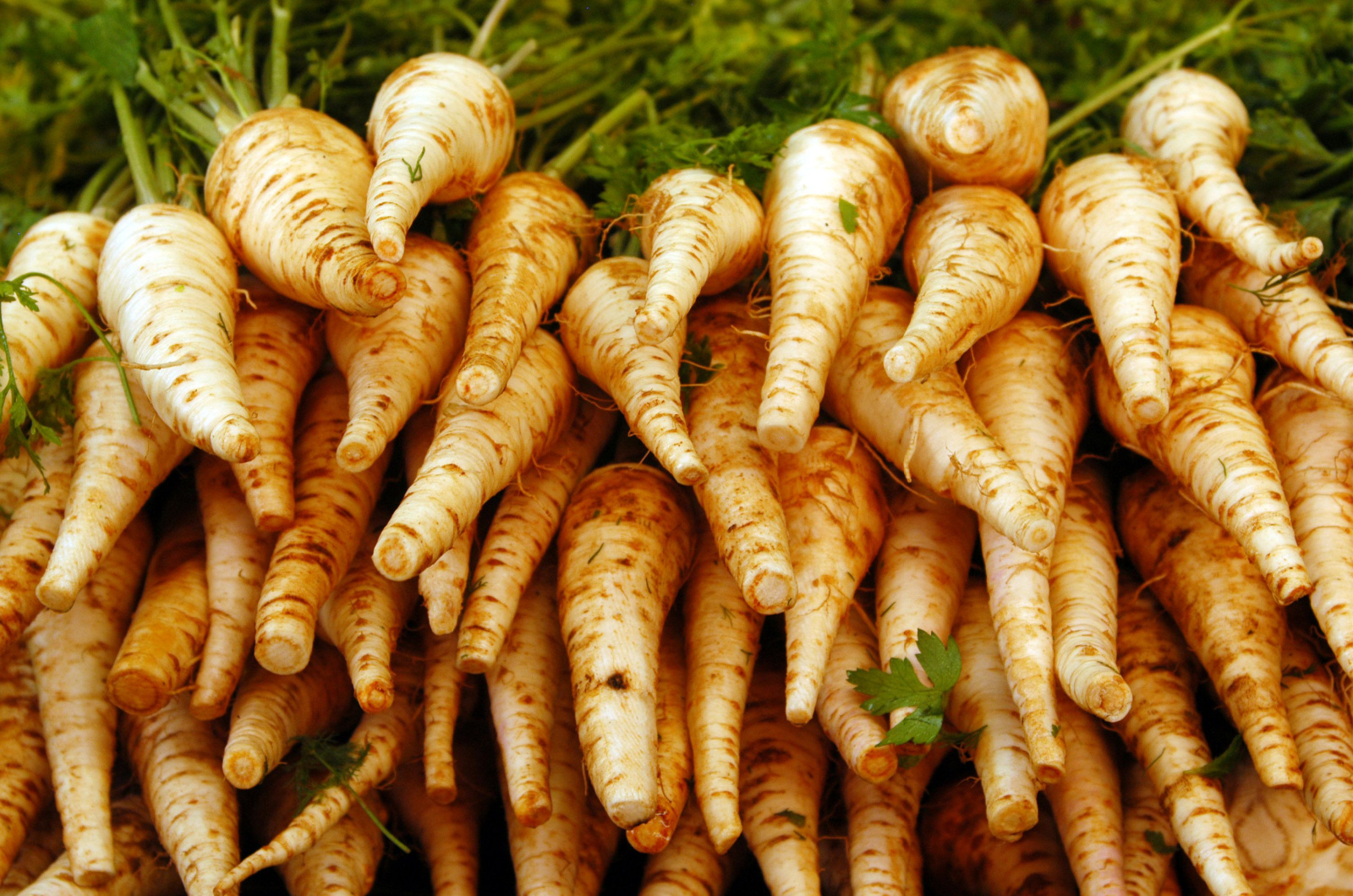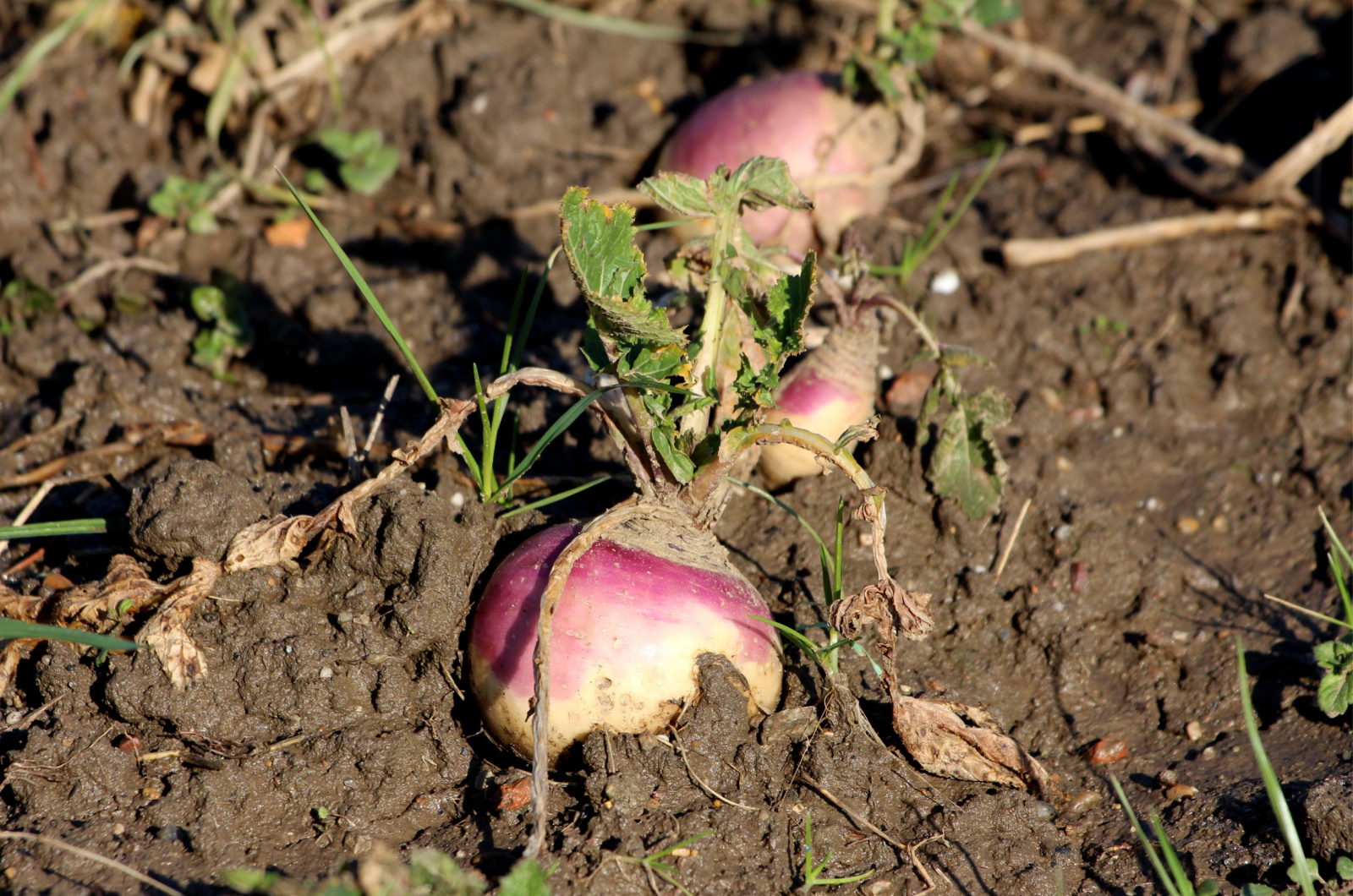Root veggies are definitely a must-have in the garden!
They tolerate various growing conditions and are beginner-friendly. These veggies are also filled with beneficial nutrients that can boost your health in no time.
Plus, they can be stored for a long period of time so you get to enjoy fresh veggies during the winter months, too.
In this article, we are going to share some essential tips for growing, harvesting, and using root vegetables in your kitchen. Keep reading to find out more!
1. Sweet Potatoes
Growing sweet potatoes has become quite popular nowadays, especially among gardeners who like French fries! Wondering why? Well, it’s because sweet potatoes are kind of a healthier version of fries.
These root veggies should be planted in a sunny place with well-draining soil. Harvest sweet potatoes when the leaves start yellowing or after the first frost – dig up the tubers carefully!
To learn more about potatoes, click here: Here’s How To Grow Sweet Potatoes Anywhere
2. Radishes
Although radishes are not as popular a root veg as sweet potatoes, that doesn’t mean you shouldn’t grow them in your garden!
Even though they are little, these vegetables pack a punch: they can be roasted with ease and provide salads and sandwiches a burst of peppery flavor..
Sow radish seeds in loose soil and make sure to keep it consistently moist. They will mature quickly, so you should be prepared to harvest them within a few weeks.
3. Storing Roots
As the fall approaches and the weather gets colder, we tend to change our wardrobes and warm up our homes. But another thing we are supposed to do is store our foods after harvest.
Store root vegetables like potatoes, carrots, and beets in a cool, dark place to prevent sprouting. To keep them fresh, store them in a mesh bag or container with good ventilation.
To find out more about storing roots, check out this article: How To Store Potatoes And Other Veggies Properly To Make Them Last Longer
4. Turnips
Turnips are a popular two-crops-in-one veggie – they have delicious roots and greens that are both edible!
These are one of the easiest root veggies that you can grow; simply sow them in well-draining soil and don’t worry about cold weather because they thrive in low temperatures!
Harvest them when they are about 2 to 3 inches in diameter, and store them properly to have fresh veggies all the time.
5. Parsnips
These delicious root veggies are ready for harvesting just in time for Christmas!
Parsnips add a sweet and nutty flavor to autumn and winter holiday meals. They look like pale carrots but have texture like turnips. They can be tricky to grow in soil, but not impossible.
Sow parsnip seeds in deep and loose soil – a bit of frost can even enhance their sweetness. Harvest parsnips after a few frosts for improved flavor. You can leave parsnips in the ground over winter.
6. Roots In Containers
If you don’t have enough space, you can always grow root veggies in containers. Potatoes, beets, carrots, onions, and others can all be grown in containers, as long as they’re provided with the right growing conditions.
Use well-draining soil mix for container-grown root vegetables. Ensure that the containers have drainage holes to prevent waterlogged soil!
This might be useful: 6 Expert Tips On How To Grow Potatoes In Containers
7. Rutabagas
We are finishing our list with rutabagas, the not-so-popular root veggies that should definitely be appreciated more!
They have a sweet and lightly peppery flavor and are often boiled, mashed, or roasted. Plant rutabaga seeds in fertile soil and watch them grow and thrive. Just like turnips, they tolerate colder temperatures.
Harvest these beauties once they’ve reached a medium size, which is usually around 4 to 5 inches in diameter.





